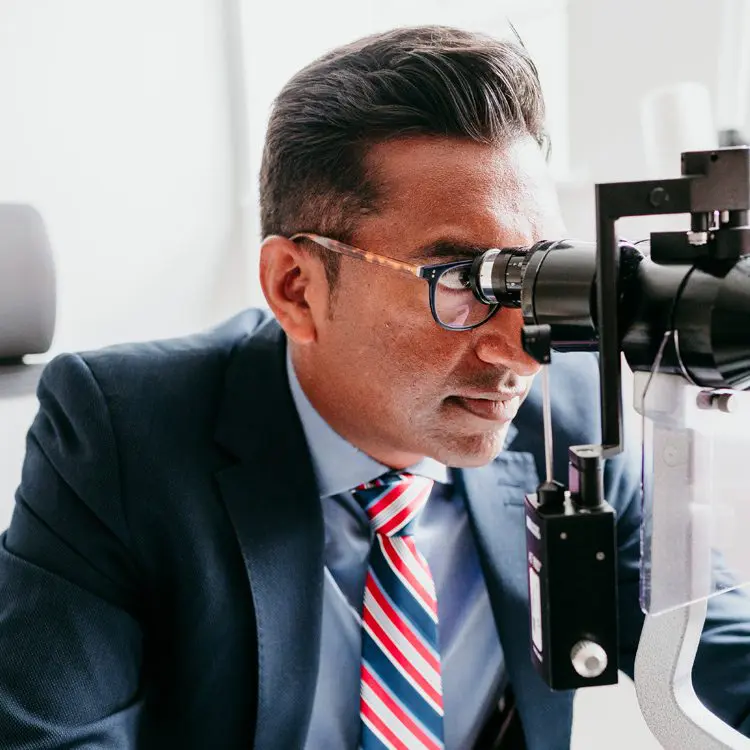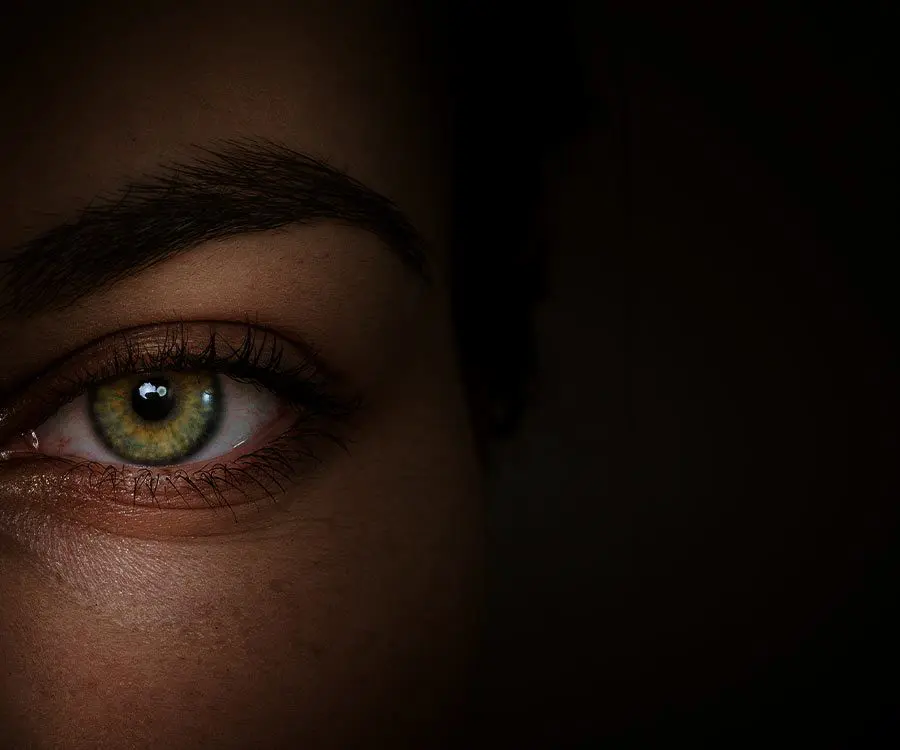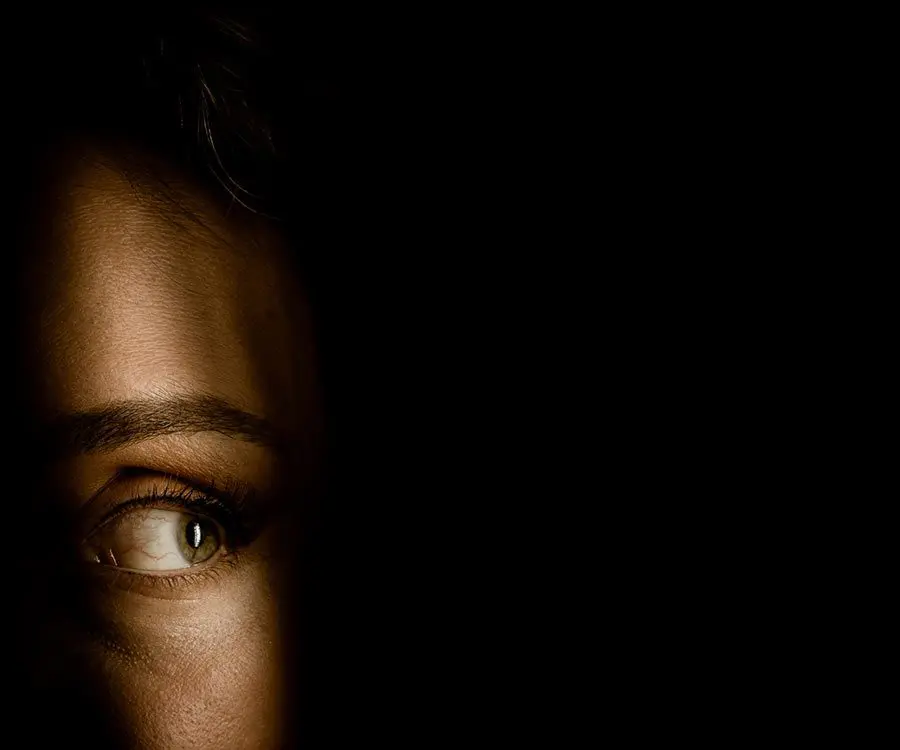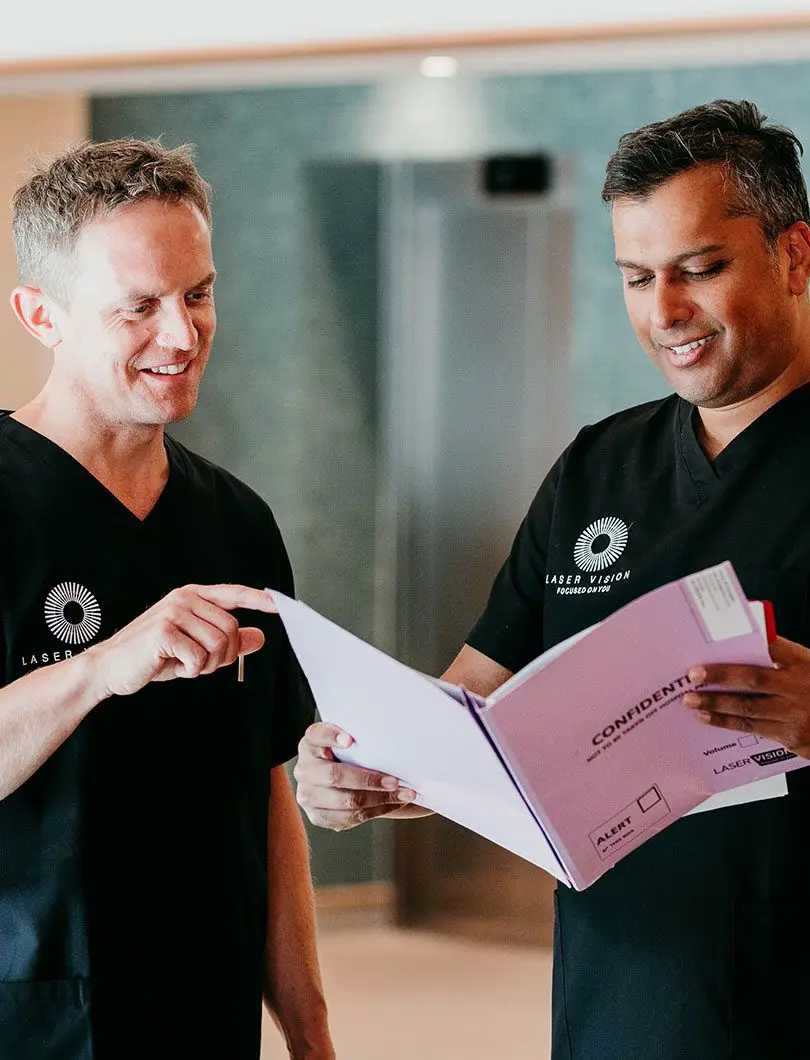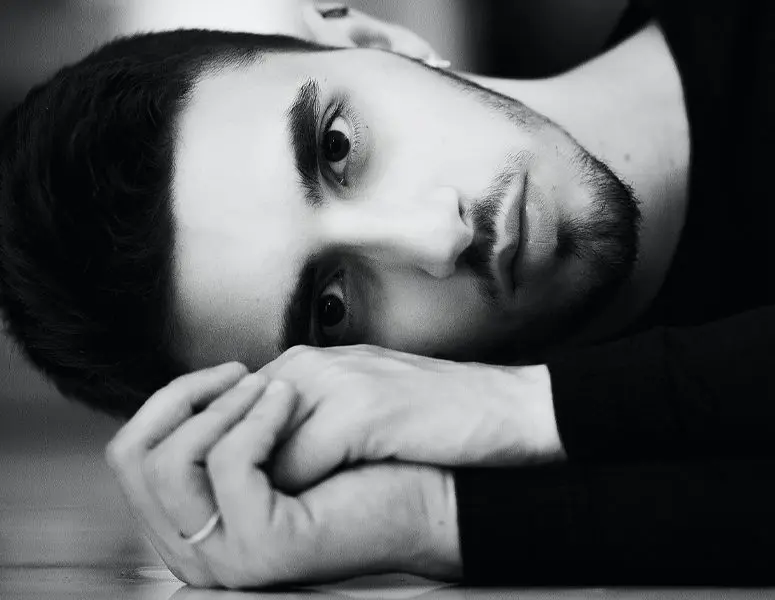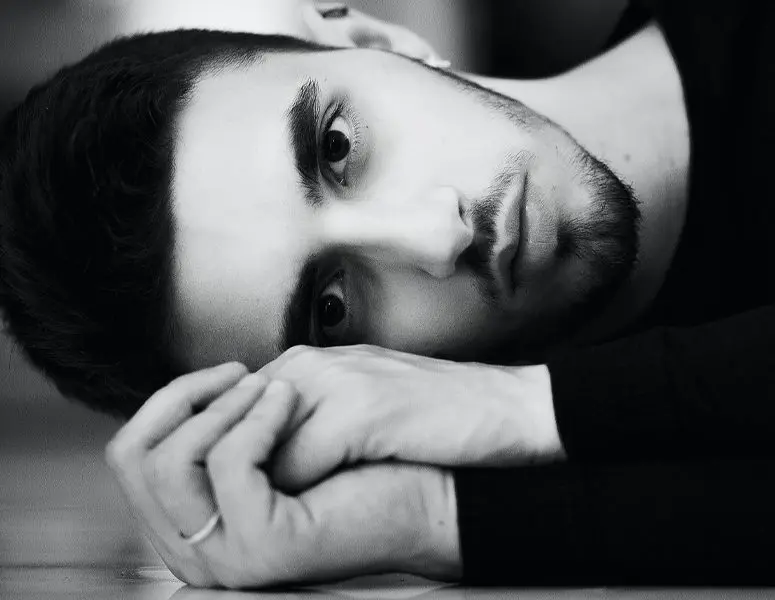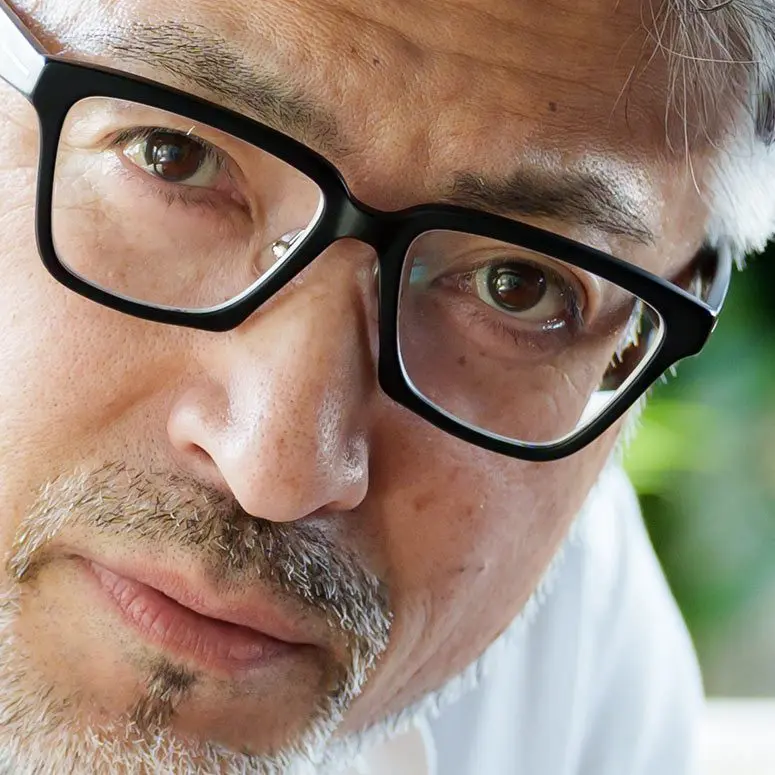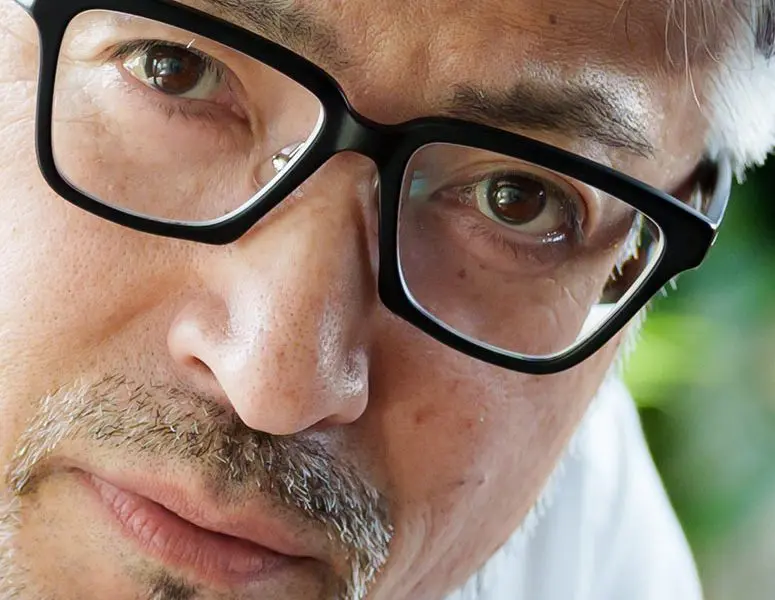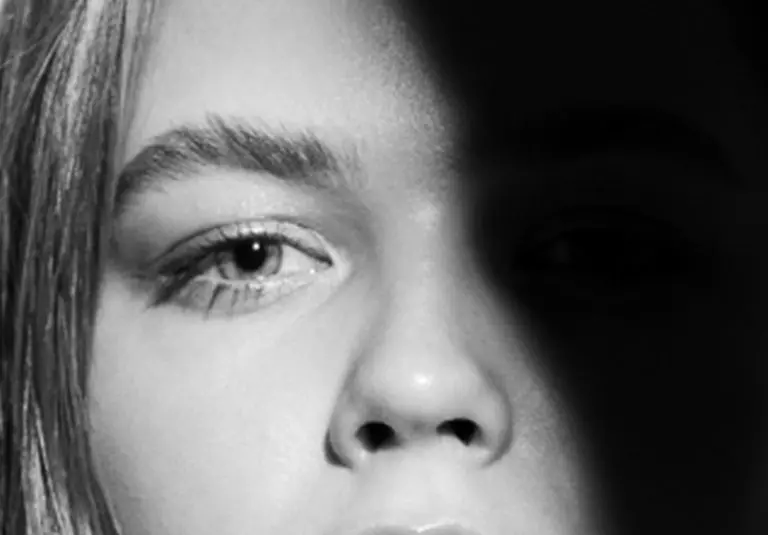- Glaucoma

Trabeculectomy
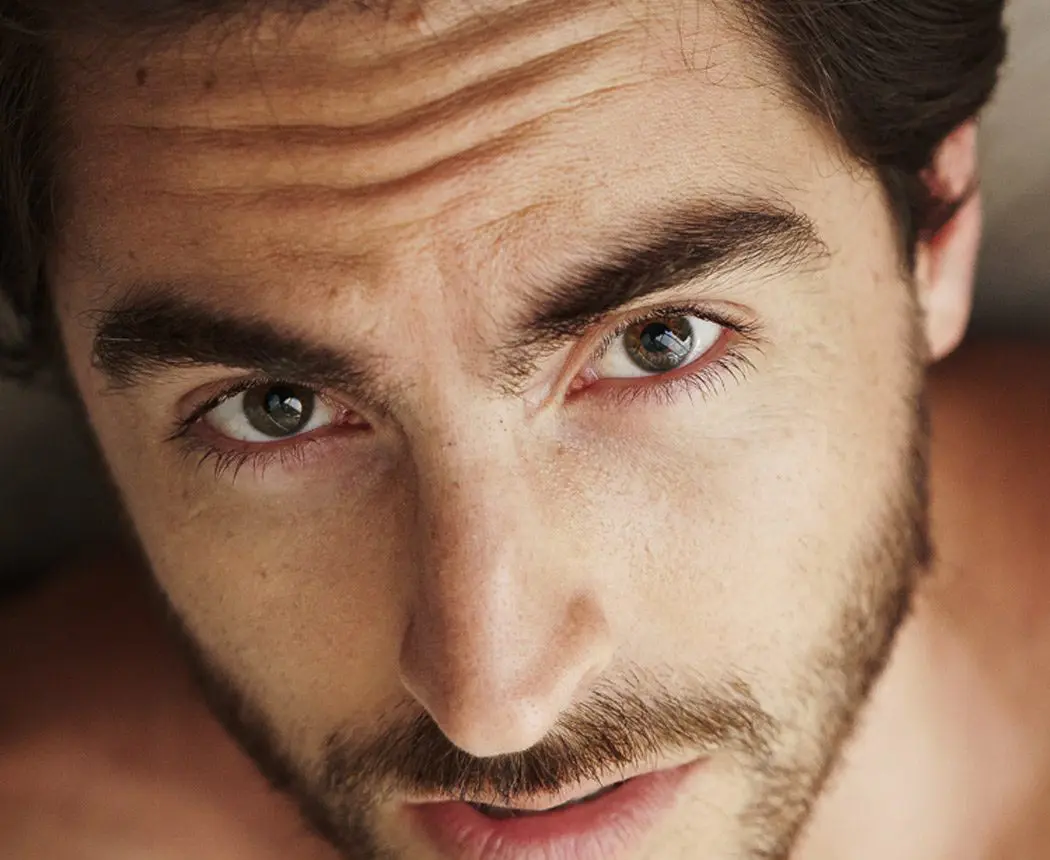
- Treatment

- Glaucoma
Trabeculectomy
A Trabeculectomy creates a small trap door opening that is made in the white part of the eye (sclera), under the upper eyelid, to form a drainage channel.
This allows the eye fluid to drain away to a reservoir of pooled fluid known as a filtering bleb, reducing the pressure inside the eye. An anti-scarring drug (Mitomycin C) is used to improve the success of the operation.
After a successful trabeculectomy it is usually possible to reduce or stop glaucoma eye drops.
What is Trabeculectomy?
1234567890
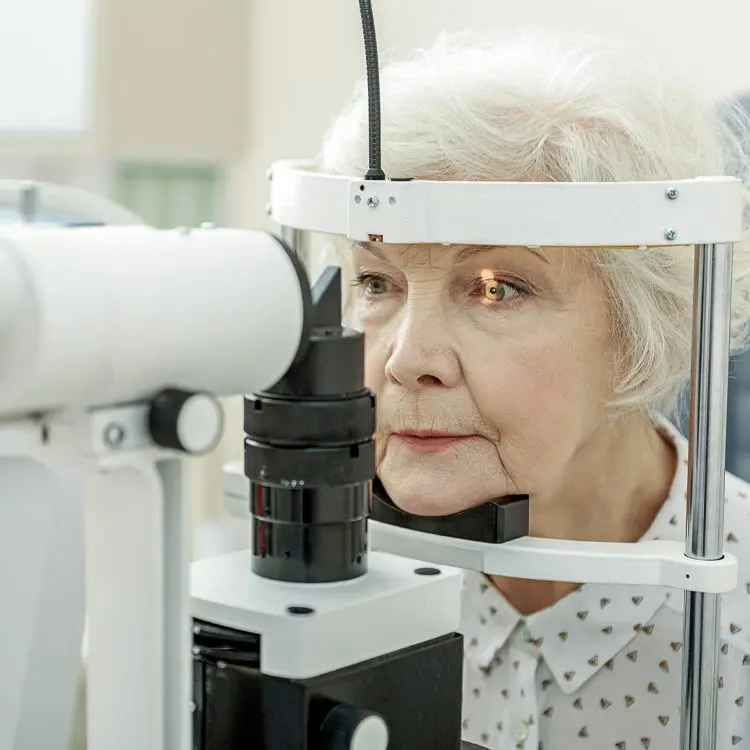
Our visual system can be likened to a digital video camera.
The eye (camera) connects to the brain (computer) via an optic nerve (USB cable), and all 3 parts need to function for us to see. Glaucoma is a condition of the eye where the optic nerve becomes slowly damaged. If left untreated, this can then lead to some loss of vision, initially peripherally and then central. You may not know that you have glaucoma until you have lost a lot of your sight, as there are usually no known early warning symptoms.
There are various treatment options but unfortunately vision that has already been lost cannot be restored. The aim of treatment is to reduce the pressure in the eye to prevent or slow down further damage to the optic nerve and so protect your vision from getting worse. Creating a route for the excess fluid to escape is the obvious solution and Ophthalmologists have been doing surgery for almost 150 years.
The modern Trabeculectomy is a technique developed by an English surgeon in the 1960’s and its effectiveness means a much improved version is still one of the most common forms of surgery.
Our visual system can be likened to a digital video camera.
The eye (camera) connects to the brain (computer) via an optic nerve (USB cable), and all 3 parts need to function for us to see. Glaucoma is a condition of the eye where the optic nerve becomes slowly damaged. If left untreated, this can then lead to some loss of vision, initially peripherally and then central. You may not know that you have glaucoma until you have lost a lot of your sight, as there are usually no known early warning symptoms.
There are various treatment options but unfortunately vision that has already been lost cannot be restored. The aim of treatment is to reduce the pressure in the eye to prevent or slow down further damage to the optic nerve and so protect your vision from getting worse. Creating a route for the excess fluid to escape is the obvious solution and Ophthalmologists have been doing surgery for almost 150 years.
The modern Trabeculectomy is a technique developed by an English surgeon in the 1960’s and its effectiveness means a much improved version is still one of the most common forms of surgery.

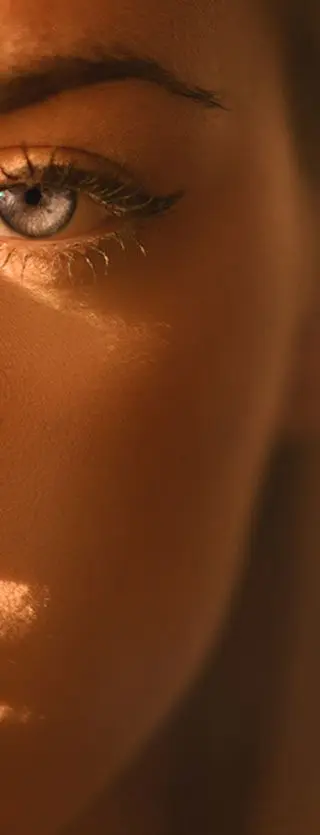
How is it performed?
- 1.The operation is usually performed under a local anaesthetic, meaning that you are awake but your eye is numb so you will not feel anything.
- 2.The thin skin-like membrane covering the white of your eye (conjunctiva) will be opened and lifted.
- 3.An anti-scarring medication called mitomycin C will be applied under the lifted conjunctiva to improve the long term success of the surgery.
- 4.A trap door is created through the thick sclera of the eye into the anterior part of the eye.
- 5.Part of the Iris is removed to allow free-flow of aqueous fluid from the inside of the eye to under the conjunctiva.
- 6.The trapdoor is then loosely closed using very fine nylon sutures. The conjunctiva will then be closed with similar stitches which may either be removed later in the clinic or left if not causing any irritation.
